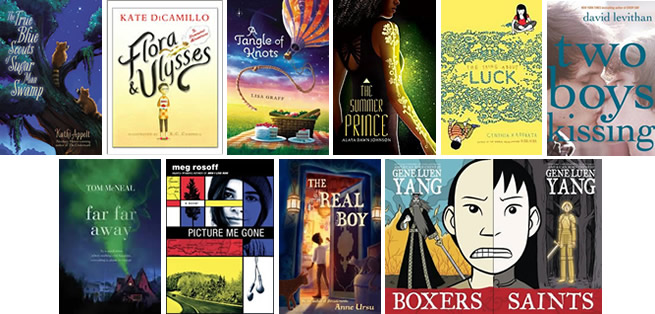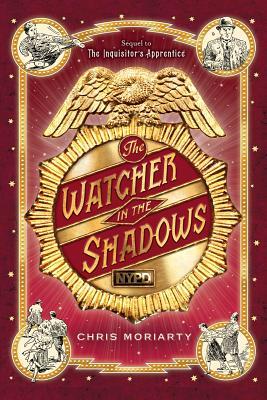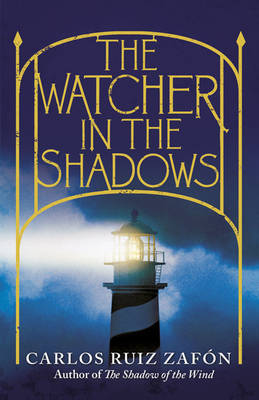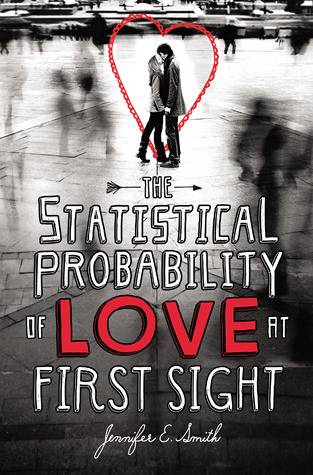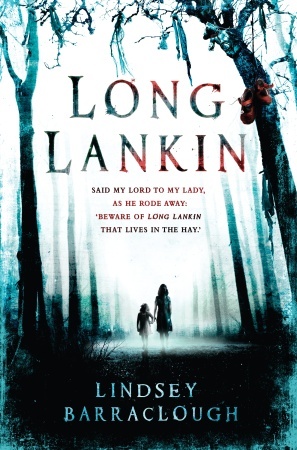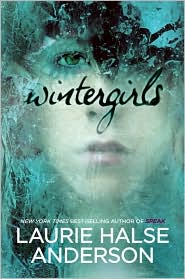I'm so pleased to have picked up A Candle in Her Room by Ruth M. Arthur (Atheneum, 1966) at the book sale, despite (or perhaps because of) its dated cover. It's just the sort of book I would have been enraptured by as an eleven-year-old, one in which three generations of young women living in Pembrokeshire, Wales are haunted by a wooden doll. Even now I read it in a similarly rapt state on a rainy Saturday, and felt closer to my eleven-year-old self than I have in a long time!
I'm also pleased to have discovered the work of Ruth M. Arthur, who wrote a whole list of Gothic novels for girls in the 1960s and 70s, none of which I had previously read. How could that be? Anyway, A Candle in Her Room was the first of those, and introduces a lot of the conventions that Arthur seems to have returned to again and again: a female first person narrator; an evocative setting to which the narrator moves; a multi-generational (or parallel historical) plot; and an element of fantasy or magic, usually involving a talisman of some sort.
A Candle in Her Room actually has three narrators (they all sound remarkably alike). The first section is narrated by Melissa, whose family moves from London to the Old Court in Pembrokeshire sometime before WWI. Melissa has two younger sisters, Judith and Briony, and while it's Briony who finds the wooden doll, Judith--the artistic, sophisticated sister--is the one who becomes almost possessed by it. After Melissa falls off a cliff and is confined to a wheelchair, Judith runs off with Melissa's boyfriend Carew and the two of them are married in London.
Subsequent sections are narrated by Dilys, Judith and Carew's daughter; Melissa again, as she searches for Dilys's child following WWII; and Nina, who comes to live with Melissa at the Old Court. Dido, the wooden doll (her name is carved into her back) is a mysterious, malignant presence throughout: her origins are never explained, and ultimately Nina must destroy her and her hold on the family in a terrific bonfire (as seen on the cover).
While the plot of A Candle in Her Room is often melodramatic (I'm thinking of poor Dilys in particular), the narration of events is somewhat removed from the experience of them. There is a lot of matter-of-fact telling. Intentional or not, I think this tension only heightens the overall feeling of foreboding that makes this such a creepy book.
Now I'm actively seeking out some of Arthur's other books, namely Dragon Summer (1963), Requiem for a Princess (1967), and The Saracen Lamp (1970). And if there are any Arthur fans out there, your recommendations are most welcome! In the meantime, it's nice to add an author to my most-wanted list for the next book sale.
[Margery Gill's distinctive pen-and-ink illustrations for A Candle in Her Room (she illustrated many of Arthur's other books as well) do a lot to enliven the text. This one is of Melissa examining Dido as Briony looks on.]


